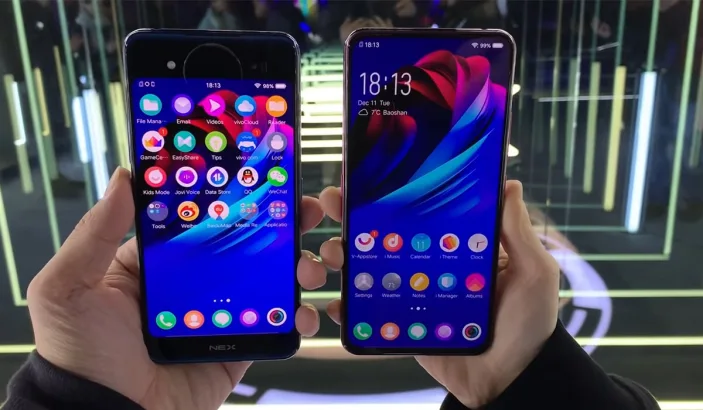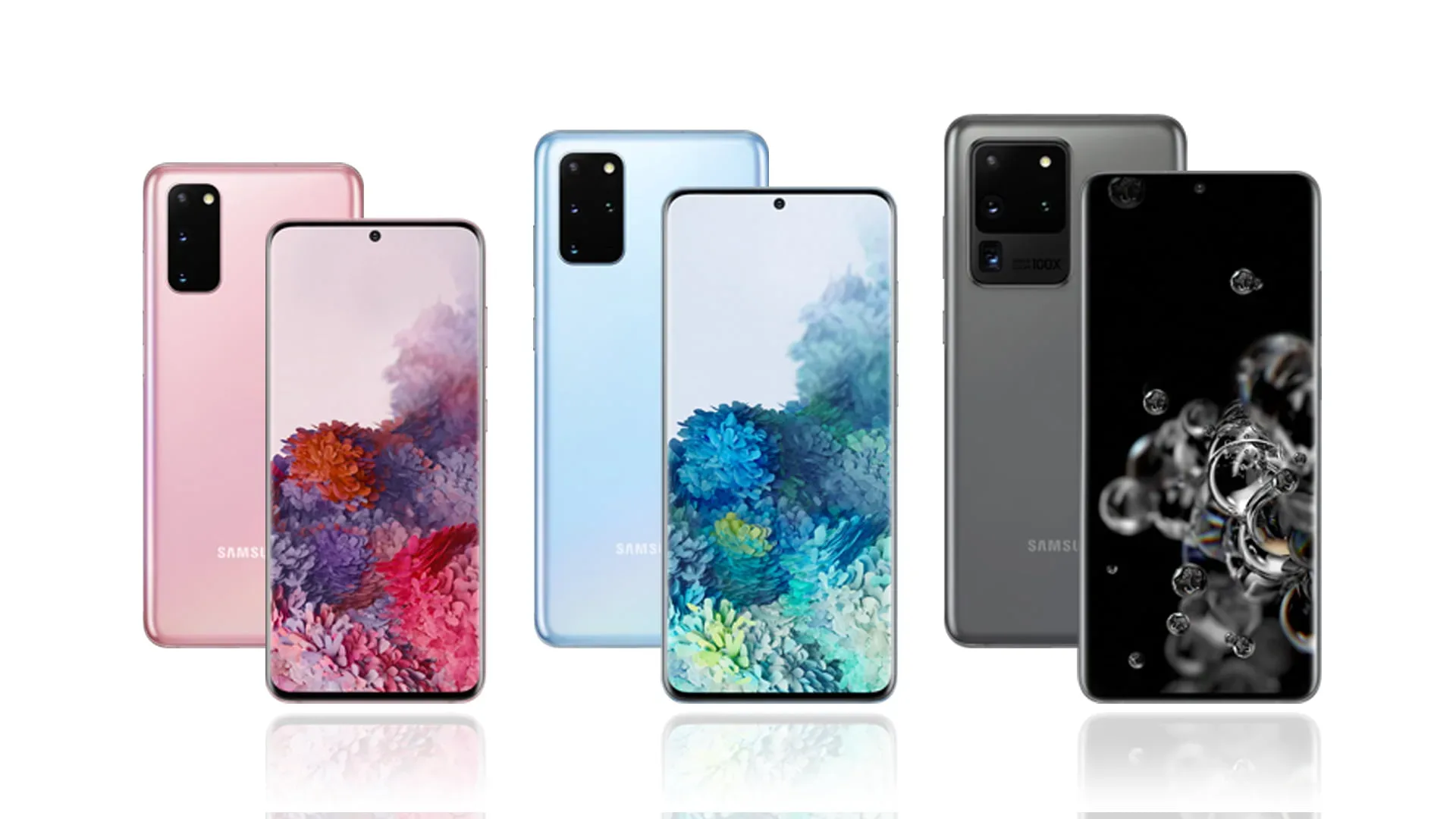Everyone still remembers Vivo as the first brand to really launch a bezel-less display in its smartphone. Vivo, the Chinese company that revolutionized smartphone industry with NEX, is back again with another head turner. This new phone has a dual screen to ditch the physically vulnerable pop-up selfie camera. The screen on the back side of the smartphone is smaller and comes accompanied by a lunar ring. The two screens serve the purpose of eliminating the need for a selfie camera to pop up in a bezel-less display. Another purpose served here is the widely popular potential use of smartphones in gaming.
Although Vivo wrote history with NEX, it was NEX S that truly changed the game for bezel-less phones. NEX S brought a selfie camera that could physically pop up when the user needed it. It also brought an in-display fingerprint detector. These two new features in the NEX S marked the territory for bezel-less smartphones. It is now that Vivo is coming back with the third version of NEX. Reviewers expect this to turn out to be a roar as well.
Senior Vice President of Vivo, Spark Ni, said in a press statement:
“As Vivo’s premium line-up, the NEX series offers not only an extraordinary user experience to consumers, it also unleashes our imagination towards the future of design and development of smartphones. Combining a futuristic dual-display design and innovative technologies, NEX Dual Display Edition demonstrates Vivo’s continuous exploration and pursuit of exceptional innovations for consumers.”
Features
The phone comes with two AMOLED display panels. There are three rear cameras and, thanks to the rear display, there is no front camera. Users can now use the rear camera as a selfie camera since the phone has a rear display. There is also a 10 GB RAM, 22.5W fast charging of a 3500 mAh battery and a Qualcomm Snapdragon 845 SoC.
The Vivo NEX Dual Display Edition is also a Dual SIM phone. It runs Funtouch OS 4.5 as well as Android 9.0 Pie. The infamous two display channels are both AMOLED with the front one being 6.39-inch full HD+ and 19.5:9 while the rear display is 5.49-inch full HD and 16:9. The front display also has a resolution of 1080 x 2340 pixels while the rear display has a resolution of 1080 x 1920 pixels.
There is a triple rear camera setup at the back of the phone. This has a 12-megapixel primary sensor which comes with OIS (f/1.79 aperture). Moreover, the secondary night vision sensor is 2-megapixel with f/1.8 aperture. The third one is a TOF 3D stereo camera sensor. As there are no camera sensors, or cameras for that matter, on the front; no facial recognition can happen from the front of the phone. To aid with this problem, a fingerprint sensor is present on the front which is an in-display one.
Connectivity options are several. There is GPS, GLONASS, a USB Type-C (v2.0) port, 4G LTE, Bluetooth, dual-band WiFi as well as a 3.5 mm headphone jack.
The sensors in the phone include an ambient light sensor, gyroscope, proximity sensor, electronic compass, and an accelerometer.
The phone weighs 199.2 grams, and its dimensions are 157.19×75.3×8.09mm.
Availability
The phone is available in the market for 4,668 CNY or roughly PKR 100,800. This price in the market is for the 128GB storage and 10GB RAM model according to an official announcement by Vivo. This phone is available in ‘Star Purple’ as well as ‘Ice Field Blue’ color options.
The phone is already available for pre-orders and will be available on the company’s official website for shipping on December 29.
Special Additions
The foremost new addition to the phone, obviously, is the dual screen. Vivo unveiled it at the MWC Shanghai 2018. Although the general response of bafflement is utterly justified, there are a few confusing scenarios that Vivo showed in its unveiling where it could be put to use. In one such scene, the user was using the dual display to have two touch-pads for easier gaming. The user would hold the phone like a gaming controller and press buttons on both displays. Another scene for the user to probably want a dual display as Vivo portrayed was the photographed person also looking at the kind of picture their photographer was taking. Another unclear use of the dual display was a bashful user drawing a heart on one display to let the other person know of their feelings through the other display.
Another remarkable addition to the phone is its ‘Lunar Ring.’ At the back of the device and encircling the elaborate camera setup, its purpose is not mere decoration. The irrepressible function of the Lunar Ring becomes apparent in photography. It can softly glow to create diffused lighting when taking a selfie in low lighting. The colors on the Lunar Ring can change to specify the notification. Moreover, the user can also choose to have it pulse with the music playing in their device.
Even though it is still not clear whether the Vivo NEX Dual Display Edition will be available outside China, the phone is capable of supporting frequency bands 3, 7 and 20. These bands are important in Europe.
Do let us know what you think about the dual screen phone below!



Share Your Thoughts